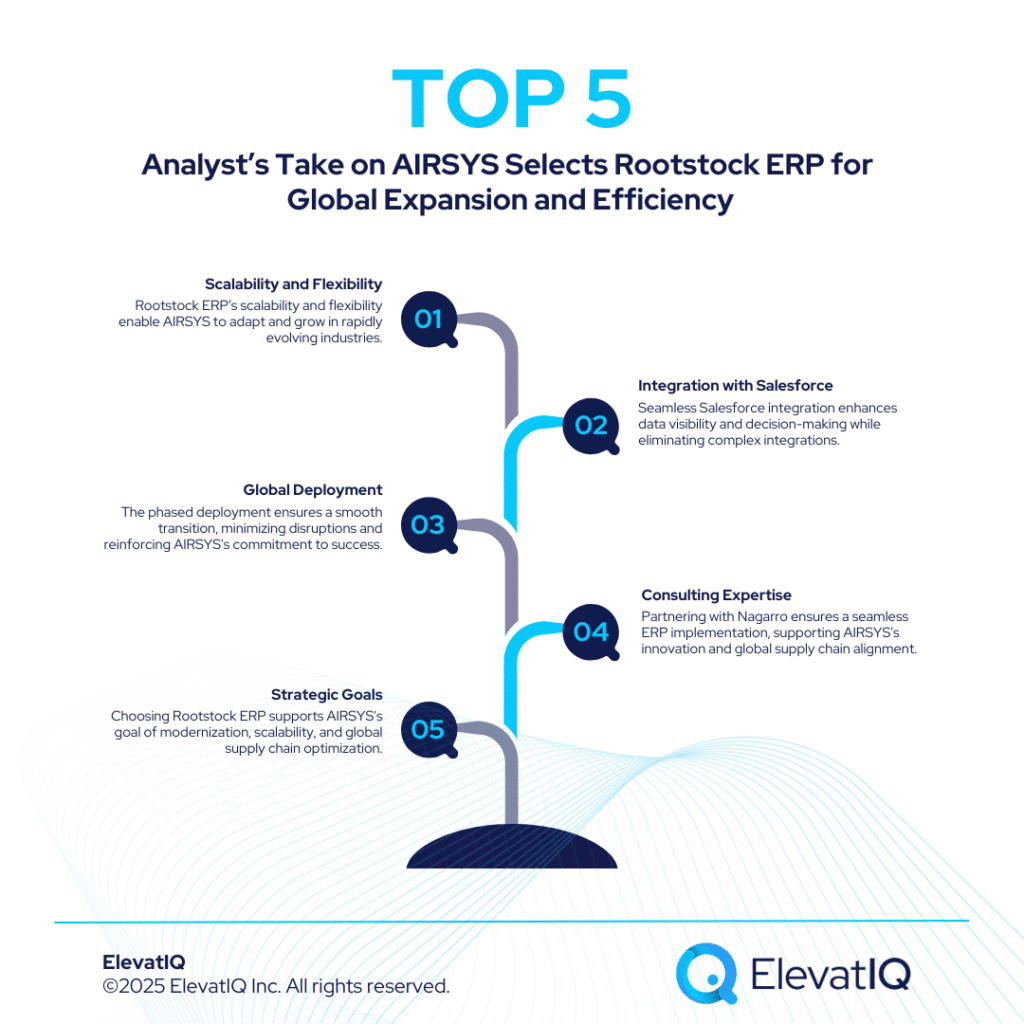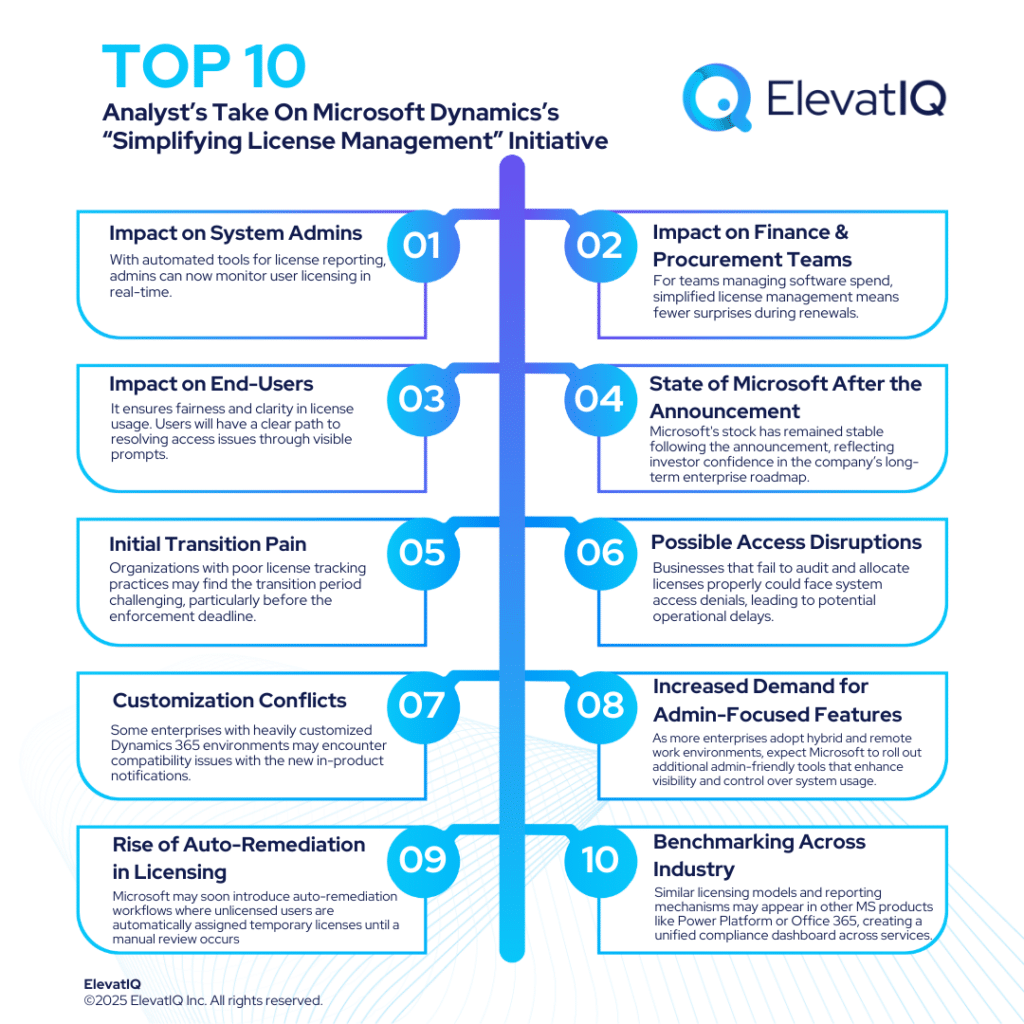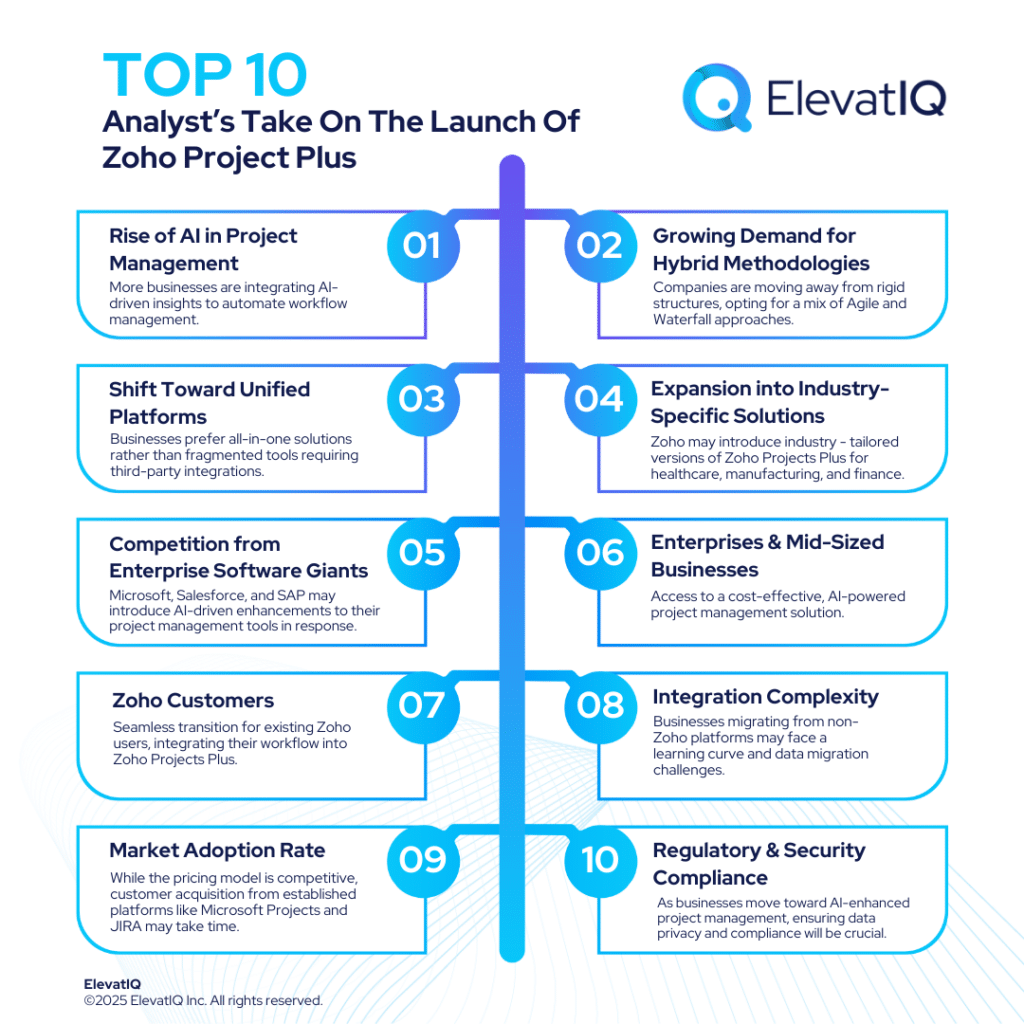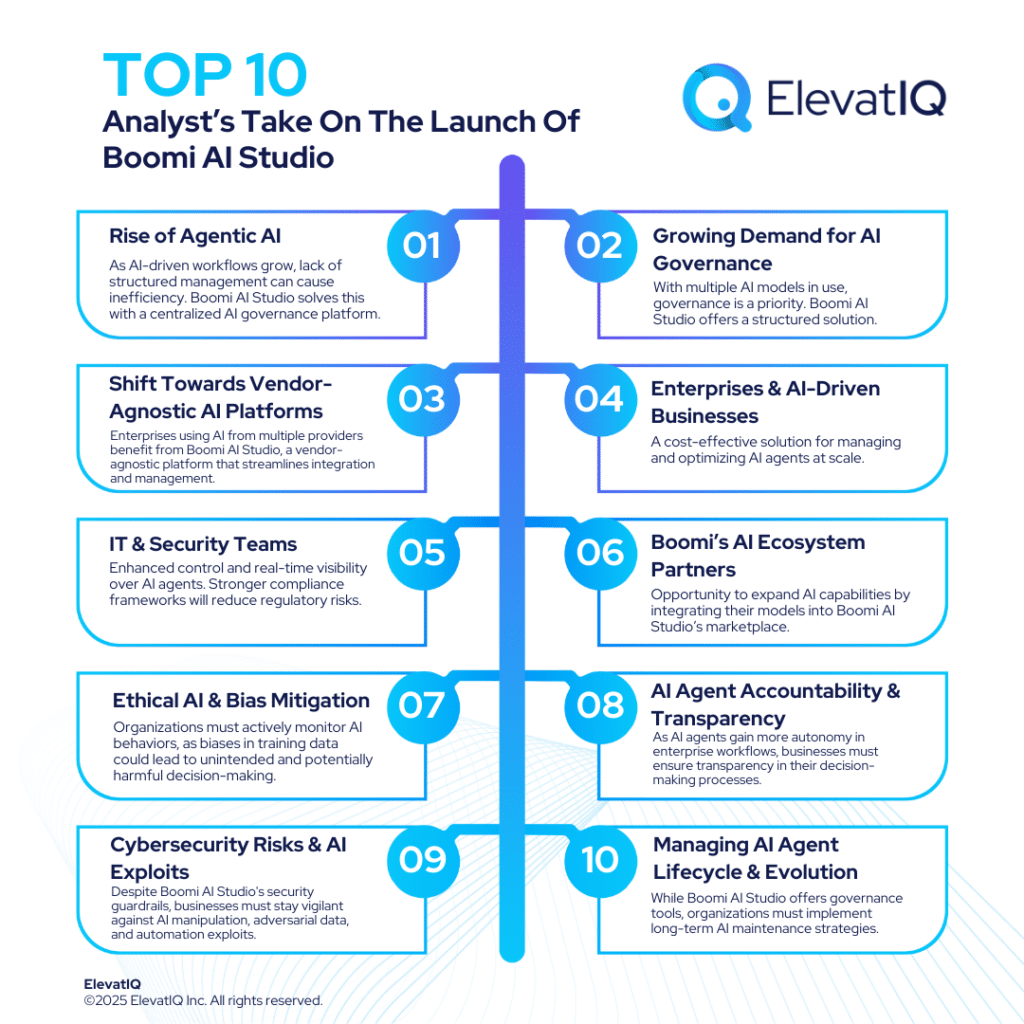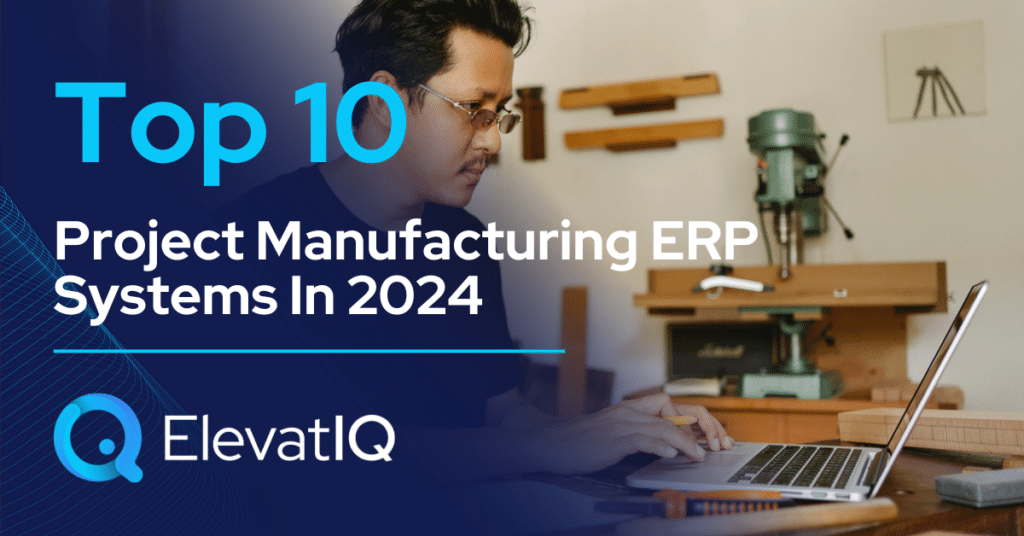Last Updated on April 23, 2025 by Shrestha Dash
What Is Rootstock ERP Tariff Management Capability and Why It Matters
The features enable manufacturers to:
- Track and apply appropriate tariffs to imported and exported goods.
- Ensure compliance with global trade laws and regulations.
- Optimize cost structures by accurately accounting for tariff-related expenses.
By integrating Rootstock ERP Tariff Management, manufacturers can reduce the risk of non-compliance penalties, make informed decisions regarding sourcing and logistics based on tariff considerations, and improve overall supply chain efficiency.

Key Features: What Does the Tariff Management Tool Actually Do?
- Automated Tariff Tracking: Monitors and applies appropriate tariffs in real time.
- Compliance Management: Ensures goods adhere to relevant trade laws and classifications.
- ERP Integration: Works seamlessly with procurement, inventory, and financial modules.
- Reporting & Analytics: Provides insights into the financial impact of tariffs across SKUs and suppliers.
Who Benefits? A Look at Impact Across Stakeholders
- Manufacturers: Improve cost planning and ensure trade compliance.
- Procurement Teams: Gain clarity on landed costs and sourcing strategies.
- Finance Departments: Accurately forecast cash flow and margin impacts..
- Compliance Officers: Reduce manual workload and audit risks.
- IT Teams: Benefit from built-in, cloud-native integration.
Common Client Questions We’re Hearing
- Integration Compatibility: Will it work with our current ERP or SCM stack?
- Real-Time Data: How fresh is the tariff information?
- Customization Flexibility: Can we adapt this to our trade scenarios?
- Redundancy: Does it replace our existing compliance tools?
- Usability: How steep is the learning curve for end-users?
- Cost Efficiency: What’s the ROI for small vs. large enterprises when using Rootstock ERP Tariff Management?
- Scalability: Can it adapt to fast-changing trade policies?
- Support Commitment: What does Rootstock ERP Tariff Management offer post-implementation?
Analyst’s Take
As organizations evaluate Rootstock ERP Tariff Management, several strategic questions emerge. Below is an analyst’s breakdown of key considerations and implications for buyers across functions like IT, procurement, finance, and compliance:
Integration Compatibility
Rootstock ERP Tariff Management integrates seamlessly with Salesforce-native environments, offering strong compatibility for modular ERP stacks. Organizations with legacy systems may face integration complexity and should carefully evaluate API flexibility.

Tariff Data Currency and Sources
Data reliability underpins tariff compliance. While it emphasizes automated updates, buyers should seek clarity on data sources and update frequency, especially in volatile trade regions.
Compliance Customization Potential
It provides robust customization for tariff rules and workflows, enabling manufacturers with complex, region-specific compliance obligations to tailor the tool accordingly. Consulting support may be required for full implementation.
Redundancy with Third-Party Tools
For firms already using trade compliance software, Rootstock ERP Tariff Management could consolidate toolsets and reduce IT overhead. However, firms in highly regulated sectors may still need specialized compliance solutions.
Usability and User Adoption
It offers an intuitive UI and role-based training, but user adoption will depend on an organization’s digital maturity. Planning for adequate training and change management is essential.
Pricing Model and ROI Outlook
The subscription-based model scales based on usage. Enterprises with significant tariff exposure may realize a quicker ROI, while SMBs should weigh costs against long-term risk reduction.
Adaptability to Trade Policy Shifts
Rootstock ERP Tariff Management’s rule-driven framework allows for quick configuration updates, but its effectiveness depends on organizational readiness to respond to sudden changes in trade policy.
Support Infrastructure
Rootstock provides comprehensive support, including SLAs and an evolving knowledge base. Buyers should assess the level of support offered to ensure alignment with their operational needs.
Observed Industry Trends
There’s a growing trend of embedding compliance and trade management features directly into ERP platforms, reflecting the increasing importance of regulatory adherence in operational strategy. Rootstock ERP Tariff Management is a part of this trend, enabling manufacturers to stay competitive while ensuring compliance.
Predictions: Where This Is Heading
As global trade continues to evolve, we can expect ERP systems like Rootstock ERP Tariff Management to incorporate more advanced features, such as AI-driven predictive analytics, to proactively manage tariff impacts and compliance requirements.
Challenges & Considerations for Buyers
While the benefits are clear, companies must assess their specific needs, existing systems, and resource capabilities to ensure successful implementation and adoption of these new features.





